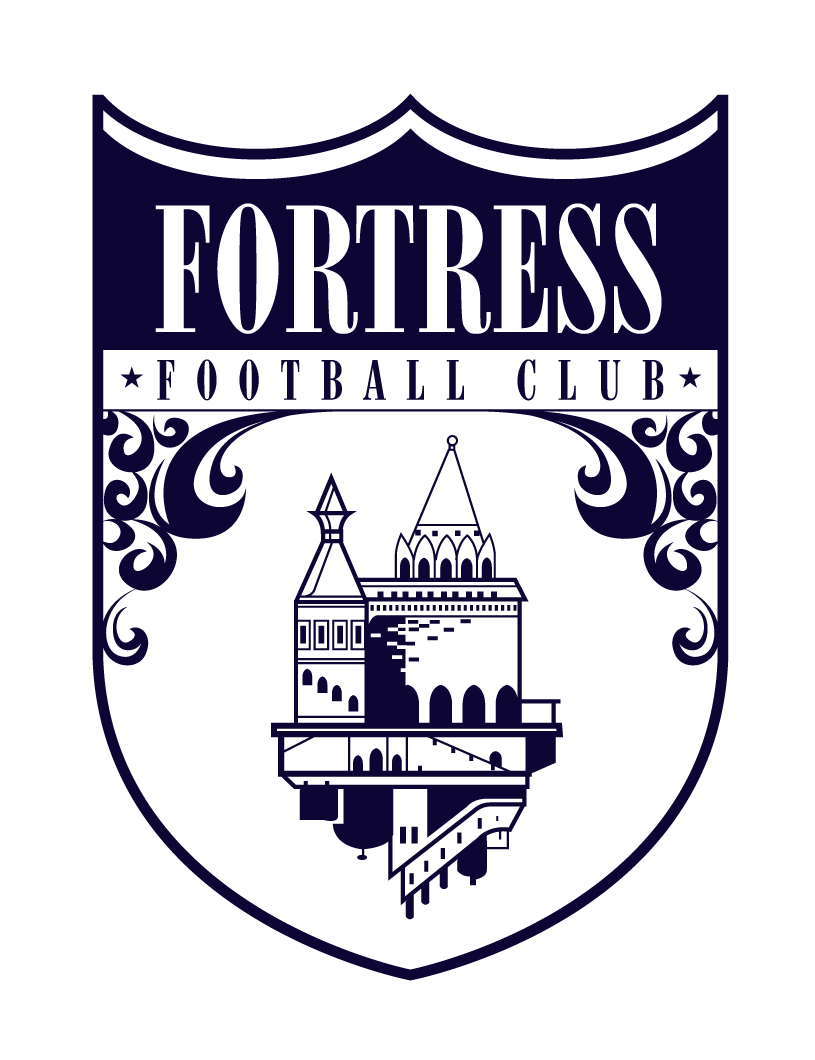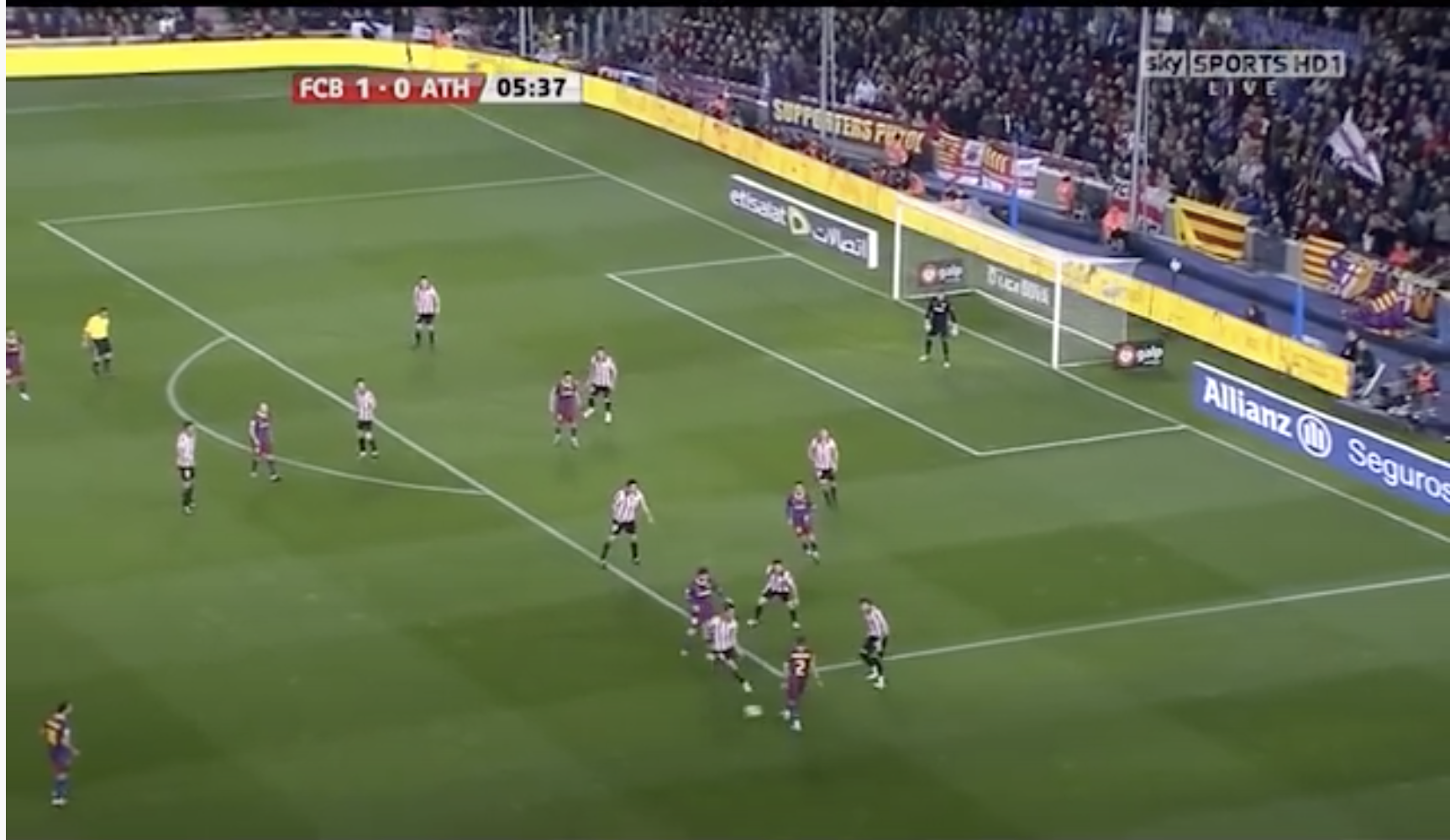Passing to Communicate
Our focus this week is on using passing to communicate. This falls under the communication skill category for the club.
When we think of communication, we think of verbal communication. That’s usually how we communicate on a soccer field as well. There’s another way to tell your teammates where to go on the field.
Here’s an example:
Manchester City is playing Everton on the last day of this season. Phil Foden has the ball in the middle of the field (black circle) and in the immediate game center space (yellow rectangle), Foden is 2v4. His teammate is the center forward, Gabriel Jesus, and has checked back into space.
The play opens very quickly and it might be hard to communicate to Jesus that he has men to the right, left, and behind him. The only competent way for Foden to get the ball to Jesus is to play him into space towards his back left foot.
By playing the ball into Jesus’s back left foot and towards the midfield line (meaning the ball is passed a little backwards), Jesus automatically knows not to turn right, left, or behind him. And certainly not back into the pressure Foden is receiving. Instead, Jesus can keep his body positioned as it is and dribbles into space, finding an open teammate away from the disadvantageous game center space.
Another example from Barcelona circa 2010 is below:
Dani Alves (black circle) has the ball. In the game center space, Barcelona is outnumbered 2v4. Messi checks into the area to receive the ball, fully knowing he has two men to his right and one to his left, even another ready to step behind him if he tries to turn.
Dani Alves gives him a soft pass, communicating with Messi to give it back to him. Defenders close around Messi and he passes the ball back.
Alves receives the ball with Messi even closer to him. Notice all the defenders around Messi now. Both him and Alves are drawing them closer to them. This is exactly what they want to happen.
They play two short passes to each other and the defenders take the bait, allowing Alves to pass it back to the center back who switches the ball into space to the left side of the field.
If we can learn to communicate through passing, our actions can be a lot quicker on the field. Verbal communication will always be necessary. But to be a second or two quicker adds up. To dictate where you want your teammate to go because you can perceive the field better than them due to positioning creates purpose and direction with the ball. To have an entire team on the same page is something special, which is why the teams above have achieved so much.
Our ABS focus from last week is imperative for this to work. We must be able to read the game in the moment and anticipate what will happen.





